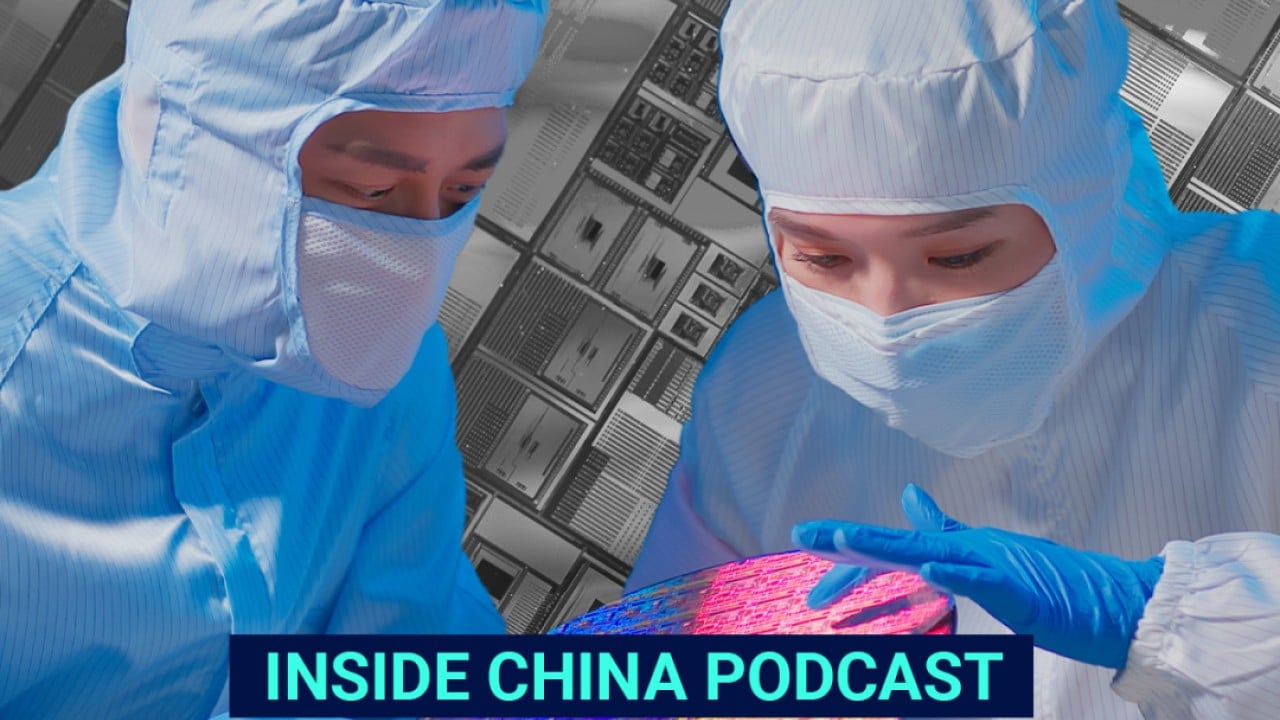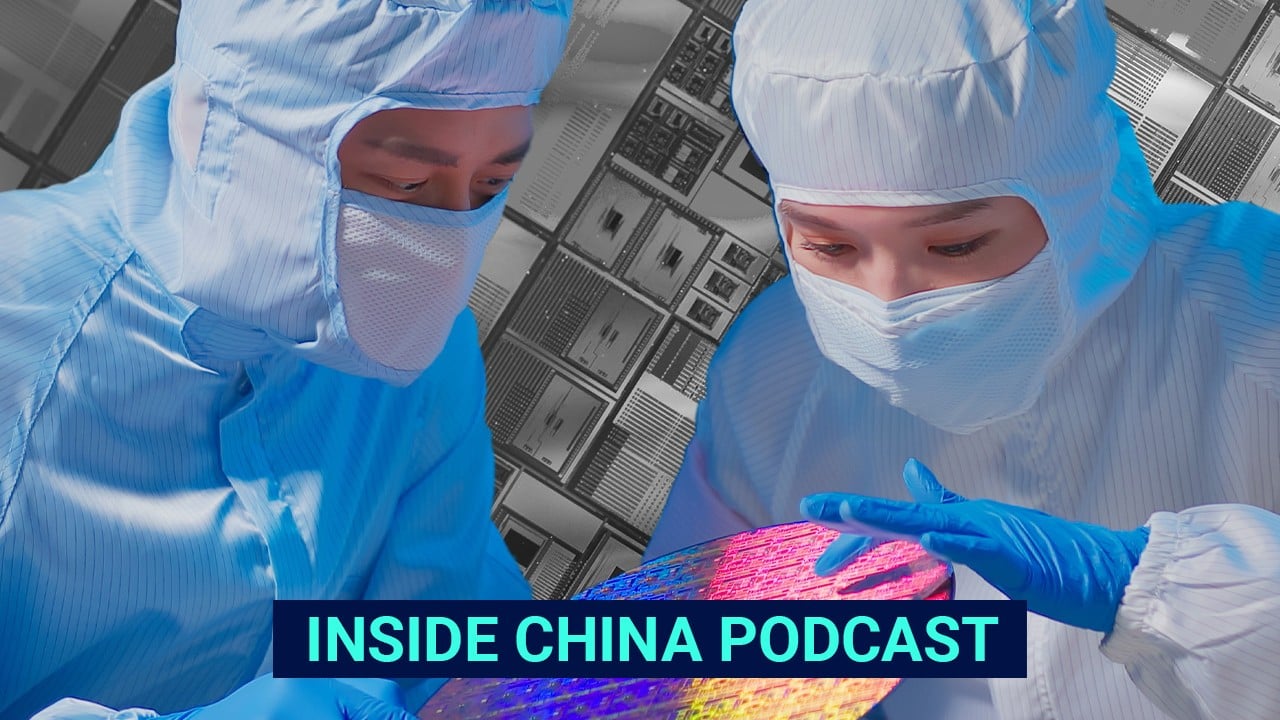China significantly increased the import of South Korean chips in the first half of 2024, according to data from Samsung Electronics and SK Hynix, the two memory chip giants.
Samsung reported an 82 per cent rise in revenue from China year on year to 32.35 trillion won (US$24.1 billion) in the first six months of the year, according to data from the company’s first-half financial results published last week. China accounted for about 31 per cent of Samsung’s regional revenue of 104.9 trillion won, which grew 28 per cent from the same period a year earlier.
SK Hynix also reported a China sales surge, with revenue from clients in the country jumping 122 per cent to 8.6 trillion won, accounting for 30 per cent of its 28.8 trillion won in total revenue for the first half, according to data from the company’s financial report, also filed last week. SK is a major supplier of advanced memory chips known as high-bandwidth memory (HBM).
SK Hynix made more than 95 per cent of its revenue from memory chips. Samsung’s sales to China also include smartphones and home appliances, in addition to chips.
The sales surge comes amid speculation that Washington may further restrict China’s access to advanced chips and other technologies from the US and its allies. Chinese importers are under pressure to stockpile certain products before new restrictions are unveiled, according to analysts.
“The soaring revenue in China echoes with the rumour that the US is reportedly mulling new measures to limit China’s access to AI memory,” Taiwanese research firm TrendForce said in a note on Friday.
The fear of additional export restrictions are likely driving the increased buying of overseas chips, especially those used for artificial intelligence (AI), according to TrendForce. Buying activity picked up in the second quarter and was “critical in boosting Korean suppliers’ DRAM sales”, TrendForce analyst Tom Hsu said.
HBM – chipsets that pack vertically stacked dynamic random access memory (DRAM) – became a popular choice for AI chips like Nvidia’s H100, as their larger capacity allows for faster computing.
Amid China’s frenzy for generative AI, Chinese tech giants including Huawei Technologies and Baidu have required large quantities of semiconductors that in addition to memory include powerful central processing units (CPUs) and graphics processing units (GPUs).
The US export control update from last October has already barred the export of integrated circuits with more than 50 billion transistors to China and other countries of concern. However, HBM is not regulated if sold as a separate component.
Price recovery may have been another contributor to sales growth. DRAM and NAND prices rebounded this year after Samsung and SK Hynix cut production last year amid sluggish demand. SK Hynix saw inventory fall to its lowest level in seven quarters in the three months to June.
Samsung and SK Hynix DRAM revenues in the second quarter made up 43 per cent and 35 per cent of the global market, respectively, according to TrendForce. Their leading position also helped them gain an advantage in HBM, with SK Hynix controlling more than 50 per cent of the market.



